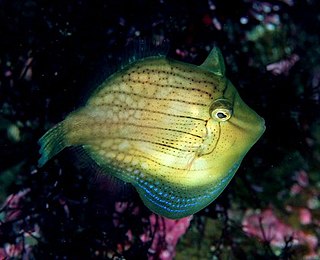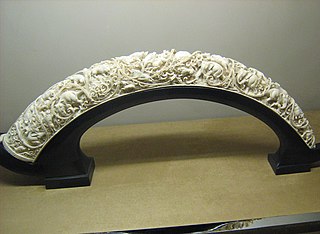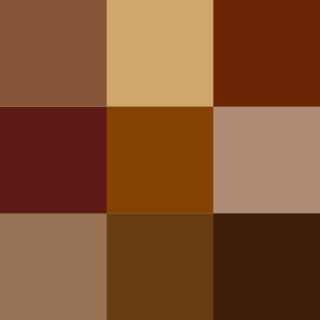In computing, on the X Window System, X11 color names are represented in a simple text file, which maps certain strings to RGB color values. It was traditionally shipped with every X11 installation, hence the name, and is usually located in <X11root>/lib/X11/rgb.txt. The web colors list is descended from it but differs for certain color names.
Web colors are colors used in displaying web pages on the World Wide Web; they can be described by way of three methods: a color may be specified as an RGB triplet, in hexadecimal format or according to its common English name in some cases. A color tool or other graphics software is often used to generate color values. In some uses, hexadecimal color codes are specified with notation using a leading number sign (#). A color is specified according to the intensity of its red, green and blue components, each represented by eight bits. Thus, there are 24 bits used to specify a web color within the sRGB gamut, and 16,777,216 colors that may be so specified.

The various tones of the color coral are orange, red and pink representations of the colors of those cnidarians known as precious corals.

This is an index of color topic-related articles.
Dodger blue is a rich bright tone of the color azure named for its use in the uniform of the Los Angeles Dodgers. It is also a web color used in the design of web pages. The web color is not used in the Dodgers' uniform but rather resembles the lighter blue used throughout Dodger Stadium.

Orchid is a bright rich purple color that resembles the color which various orchids often exhibit.

Lime is a color that is a shade of yellow-green, so named because it is a representation of the color of the citrus fruit called limes. It is the color that is in between the web color chartreuse and yellow on the color wheel. Alternate names for this color included yellow-green, lemon-lime, lime green, or bitter lime.

Steel blue is a shade of blue color that resembles blue steel, i.e., steel which has been subjected to bluing for protection from rust. It is one of the less vibrant shades of blue, and is usually identified as a blue-grey color.

Aqua is a variation of the color cyan. The normalized color coordinates for the two web colors named aqua and cyan are identical. It was one of the three secondary colors of the RGB color model used on computer and television displays. In the HSV color wheel aqua is precisely halfway between blue and green. However, aqua is not the same as the primary subtractive color named process cyan used in printing.

Ivory is an off-white color named after, and derived from, the material made from the tusks and teeth of certain animals, such as the elephant and the walrus. It has a very slight tint of yellow.
Spring bud is the color that used to be called spring green before the X11 web color spring green was formulated in 1987 when the X11 colors were first promulgated. This color is now called spring bud to avoid confusion with the web color.

Varieties of the color red may differ in hue, chroma or lightness, or in two or three of these qualities. Variations in value are also called tints and shades, a tint being a red or other hue mixed with white, a shade being mixed with black. A large selection of these various colors are shown below.

The color magenta has notable tints and shades. These various colors are shown below.

Varieties of the color blue may differ in hue, chroma, or lightness, or in two or three of these qualities. Variations in value are also called tints and shades, a tint being a blue or other hue mixed with white, a shade being mixed with black. A large selection of these colors are shown below.

Shades of white are colors that differ only slightly from pure white. Variations of white include what are commonly termed off-white colors, which may be considered part of a neutral color scheme.

Variations of gray or grey include achromatic grayscale shades, which lie exactly between white and black, and nearby colors with low colorfulness. A selection of a number of these various colors is shown below.

Shades of brown can be produced by combining red, yellow, and black pigments, or by a combination of orange and black—illustrated in the color box. The RGB color model, that generates all colors on computer and television screens, makes brown by combining red and green light at different intensities. Brown color names are often imprecise, and some shades, such as beige, can refer to lighter rather than darker shades of yellow and red. Such colors are less saturated than colors perceived to be orange. Browns are usually described as light or dark, reddish, yellowish, or gray-brown. There are no standardized names for shades of brown; the same shade may have different names on different color lists, and sometimes one name can refer to several very different colors. The X11 color list of web colors has seventeen different shades of brown, but the complete list of browns is much longer.
This page is based on this
Wikipedia article Text is available under the
CC BY-SA 4.0 license; additional terms may apply.
Images, videos and audio are available under their respective licenses.












